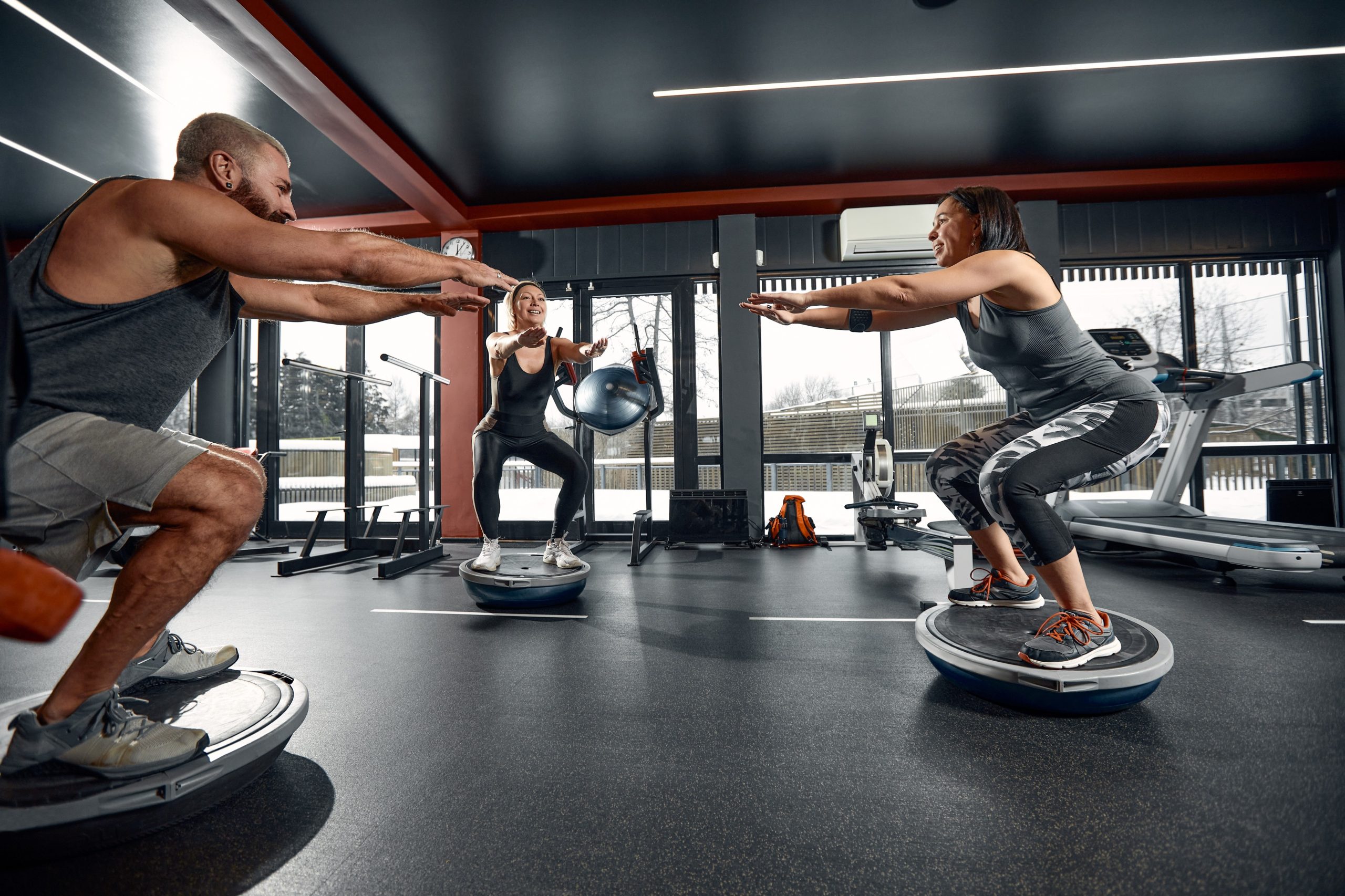
Embarking on a journey with yoga can be both exciting and overwhelming for beginners. While yoga offers a plethora of poses, each with its unique benefits, the sheer variety might seem daunting at first. This ancient practice provides not only physical benefits but also mental and emotional clarity. Whether you’re stepping onto the mat to increase your flexibility, build strength, or find peace of mind, starting with foundational poses is key. In this blog post, we’ll explore the five best yoga poses for beginners, providing a gentle yet powerful introduction to this transformative practice.
1. Mountain Pose (Tadasana)
The simplicity of Mountain Pose belies its significance. As one of the cornerstone poses in yoga, Tadasana serves as a gateway to more advanced standing poses. Though it may appear to be just standing, performing the Mountain Pose correctly helps build a strong foundation.
Benefits:
– Improves posture and alignment.
– Enhances focus and concentration.
– Strengthens thighs, knees, and ankles.
– Increases awareness of your body.
How to:
1. Stand with your feet hip-width apart, grounding yourself evenly through both feet.
2. Engage your thighs and tuck your tailbone slightly, aligning your pelvis.
3. Roll your shoulders back and down, opening up your chest.
4. Relax your arms by your sides with your palms facing forward.
5. Lengthen through the crown of your head, feeling a line of energy from your feet through the top of your head.
6. Breathe deeply, holding this pose for several breaths.
2. Downward-Facing Dog (Adho Mukha Svanasana)
A staple in yoga practice, Downward-Facing Dog might challenge beginners but brings incredible benefits as you persist. It stretches, strengthens, and invigorates your entire body.
Benefits:
– Strengthens arms, legs, and core.
– Increases flexibility in the hamstrings and calves.
– Alleviates tension and stress.
– Improves circulation.
How to:
1. Start on your hands and knees, with your wrists under your shoulders and knees under your hips.
2. Tuck your toes, pressing through your palms, and lift your knees off the ground.
3. Straighten your legs as much as possible, creating an inverted V-shape with your body.
4. Spread your fingers wide and press firmly into your palms, drawing your shoulder blades towards your hips.
5. Keep your head between your upper arms, eyes looking through your legs.
6. Hold for several breaths, gently stretching further with each exhale.
3. Warrior I (Virabhadrasana I)
Warrior I is a powerful pose that promotes strength and confidence. It opens the chest and hips while enhancing balance and stability.
Benefits:
– Strengthens legs, ankles, and arms.
– Opens up the chest and lungs, improving respiratory capability.
– Increases endurance and focus.
– Builds awareness and presence.
How to:
1. Start in Mountain Pose, then step your feet approximately four feet apart.
2. Turn your right foot out 90 degrees, and your left foot in slightly.
3. Bend your right knee over your right ankle, forming a 90-degree angle.
4. Reach your arms overhead, palms facing each other.
5. Turn your hips to square with the front of the mat, drawing your left hip forward.
6. Ground through your back foot, maintaining balance.
7. Hold, breathing deeply, before switching sides.
4. Tree Pose (Vrksasana)
Tree Pose introduces balance into your practice, combining strength, poise, and focus. It’s an excellent pose for developing concentration and calmness.
Benefits:
– Improves balance and stability in the legs.
– Strengthens thigh, calves, ankles, and spine.
– Promotes better body awareness.
– Enhances concentration and focus.
How to:
1. Begin in Mountain Pose, planting your right foot firmly on the mat.
2. Lift your left foot, placing the sole against your inner right thigh or calf (never on the knee).
3. Press your palms together in prayer position at your chest or extend them overhead.
4. Keep your gaze fixed on a stationary point to maintain balance.
5. Breathe deeply for several breaths, relaxing into the pose.
5. Child’s Pose (Balasana)
Balasana is a restful pose often used to counterbalance more vigorous poses. It’s a nurturing gesture that grounds and reassures the practitioner, making it essential for beginners.
Benefits:
– Gently stretches the hips, thighs, and ankles.
– Calms the brain, alleviating stress and fatigue.
– Eases back and neck tension.
– Encourages introspection and relaxation.
How to:
1. Kneel on the mat with your big toes touching and knees hip-width apart.
2. Sit back on your heels and fold forward, resting your forehead on the mat.
3. Extend your arms forward or alongside your body with palms facing up.
4. Let your chest relax between your thighs, releasing any tension.
5. Breathe deeply, staying in the pose for as long as needed.
Conclusion
Starting your yoga practice with these five foundational poses can set you up for success as you explore the vast landscape of yoga. Each pose offers unique benefits, contributing to both physical health and mental well-being. Remember, the journey of yoga is deeply personal. Honor your body and progress at your own pace, allowing these beginner poses to anchor you in your practice. As you build confidence and strength, you’ll find yourself naturally progressing into more advanced poses. Embrace the process, breathe deeply, and enjoy the harmony that yoga brings into your life. Namaste!




